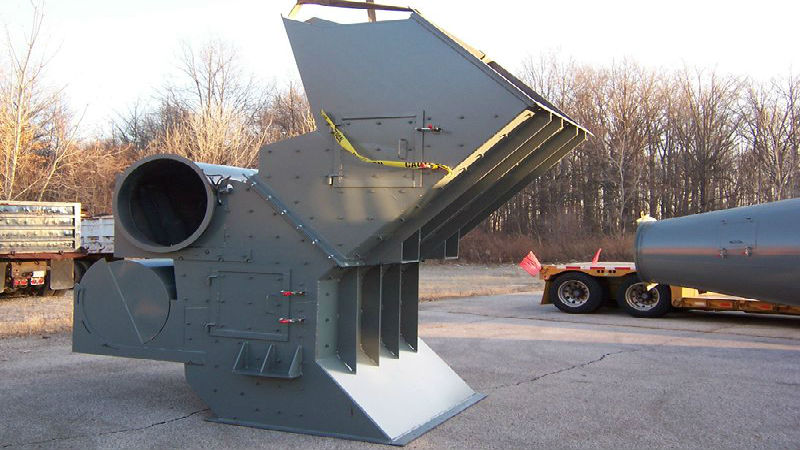There are several different kinds or rather techniques when it comes to welding. Looking in particular at TIG welding, there are a few key points to remember. If you aren’t doing the welding yourself, it’s important to hire skilled TIG welding professionals that have ample experience when it comes to the nuances of TIG welding. Cleveland specifically has some of the best weldings and fabricating companies in the country. But if by chance you are taking on the intricate task of this welding procedure yourself, make sure you’ve reviewed the basics.
What Exactly is TIG Welding?
TIG welding (GTAW-Gas Tungsten Arc Welding) or Tungsten welding is essentially a manual welding process that requires both hands to wield properly. The term Tungsten refers to a particular type of metal that is extremely brittle and slightly radioactive. This type of welding is different from other welding techniques due to the way in which the arc is formed and how the filler metal is added. As previously mentioned, TIG welding is one of the harder welding techniques to master but when it is done carefully, and correctly your end product will be some of the best quality weldings.
When to Use Tungsten Welding
Typically (TIG) or Tungsten welding is used to create small as well as precise welds with critical welding metals and welding joints. Though Tungsten is brittle in its natural form, once it is manipulated or made into a non-consumable electrode is becomes very durable and strong. Due to its durability, most welders use this particular method to create materials for heating elements like light bulbs or even machinery that has the ability to emulate a significant amount of heat such as a rocket engine. Essentially, Tungsten welding is an idea for equipment that is designed or engineered to withstand high temperatures.
How It Works
Explaining exactly how TIG welding works involves explaining a variety of smaller components. Nevertheless, it requires three major components—heat, shielding and filler metal. Combining these specific components is, however, a relatively simply process—the gas ultimately protects the weld area from the air while the arc is created simultaneously. During the creation of the arc two pieced of metal melt together in a puddle. Once the puddle of metal is ready to use, the welder will manually fill the joint with his other hand until there is a single piece of usable metal.








